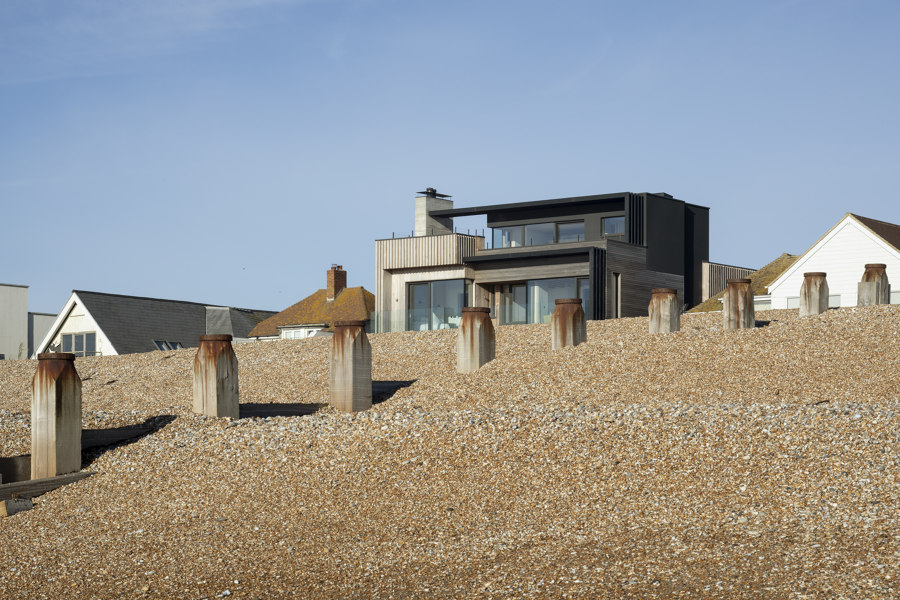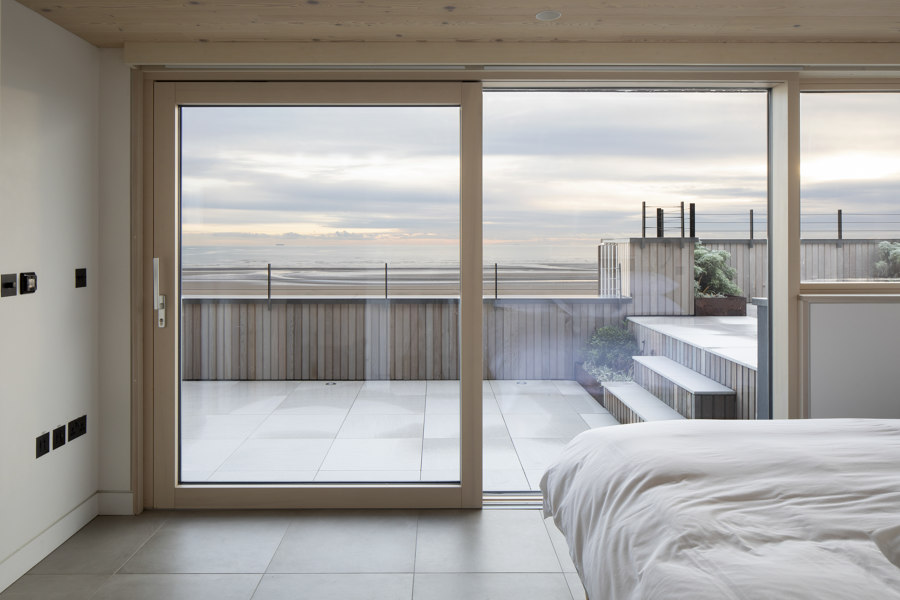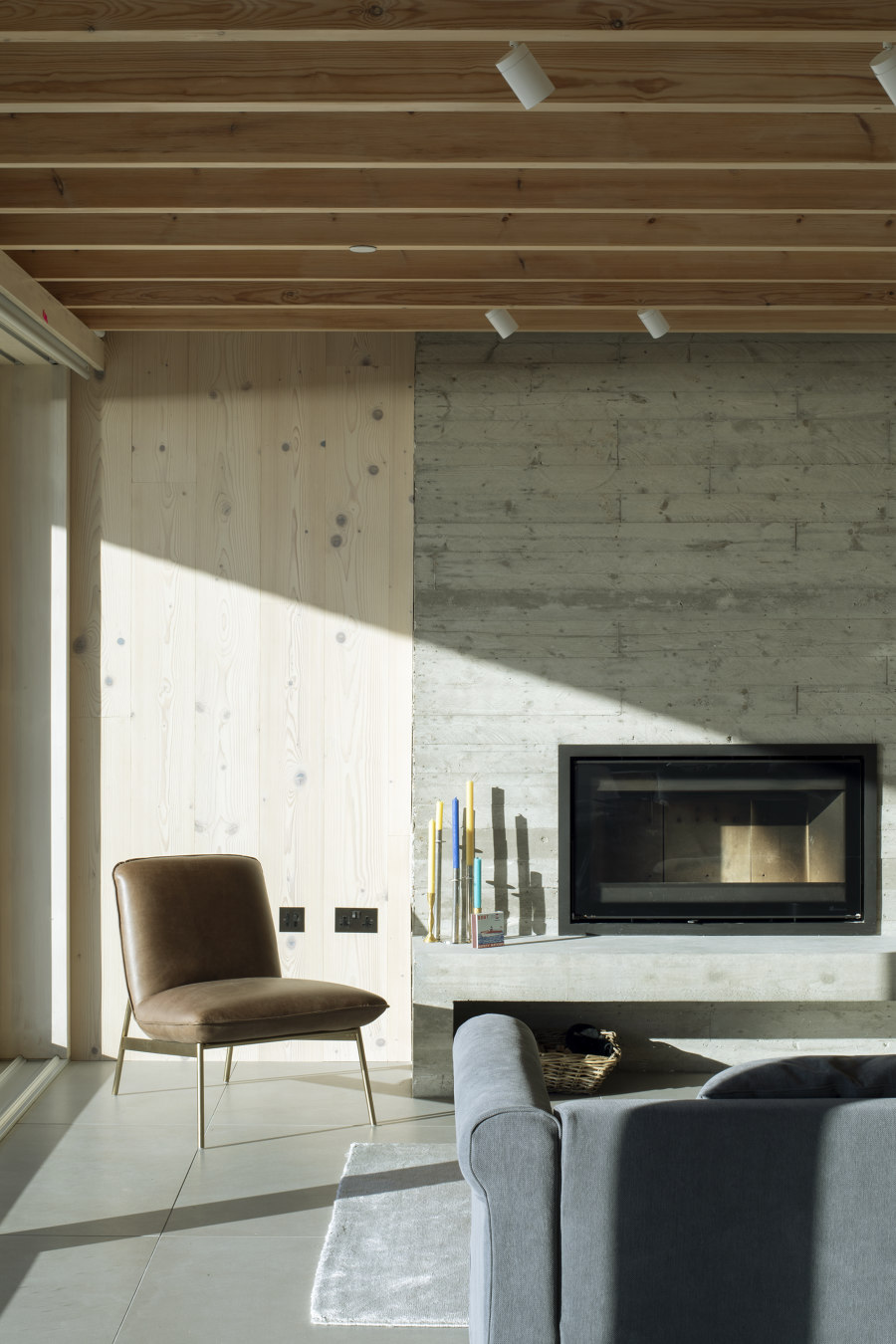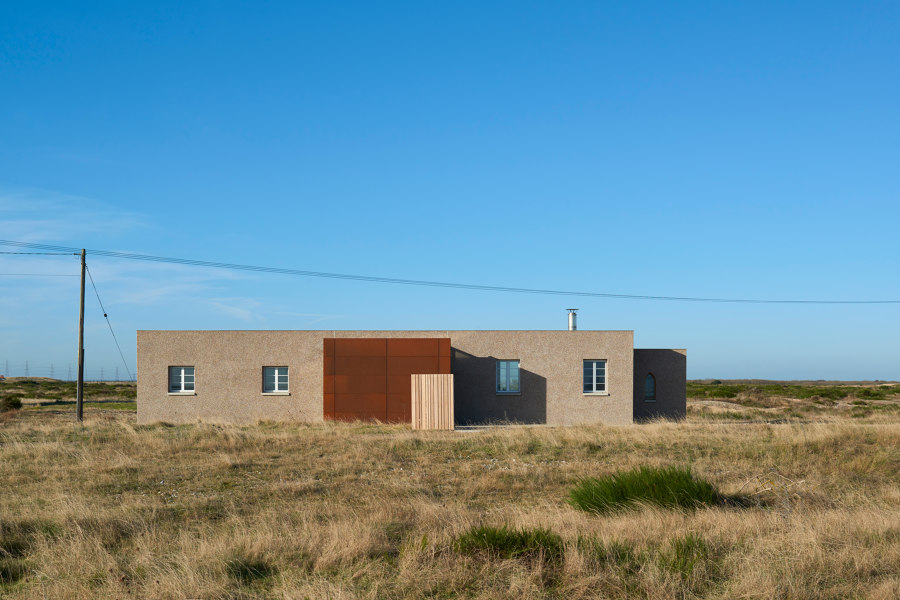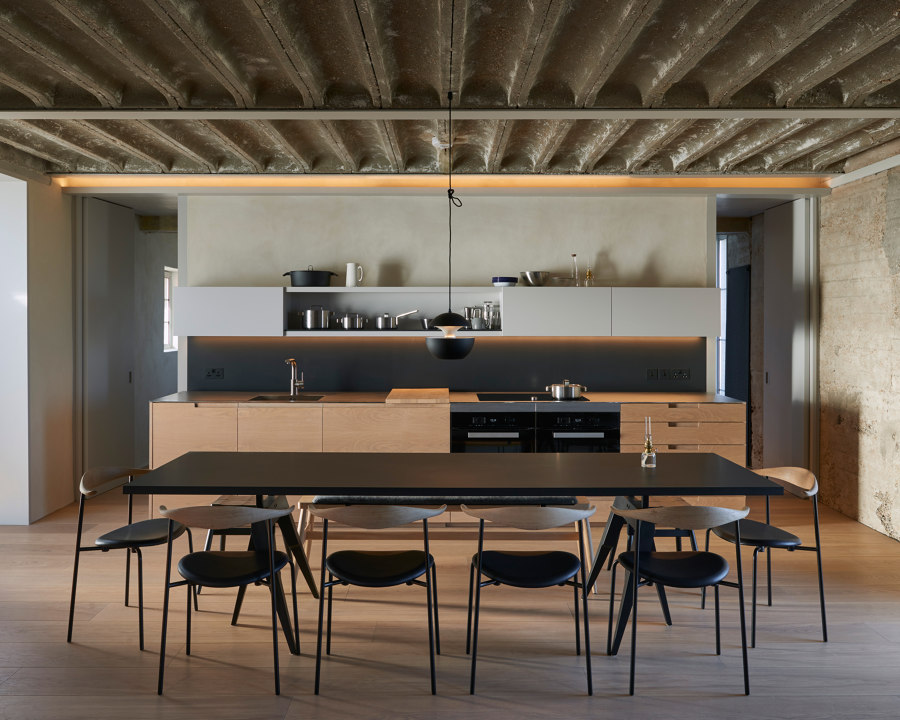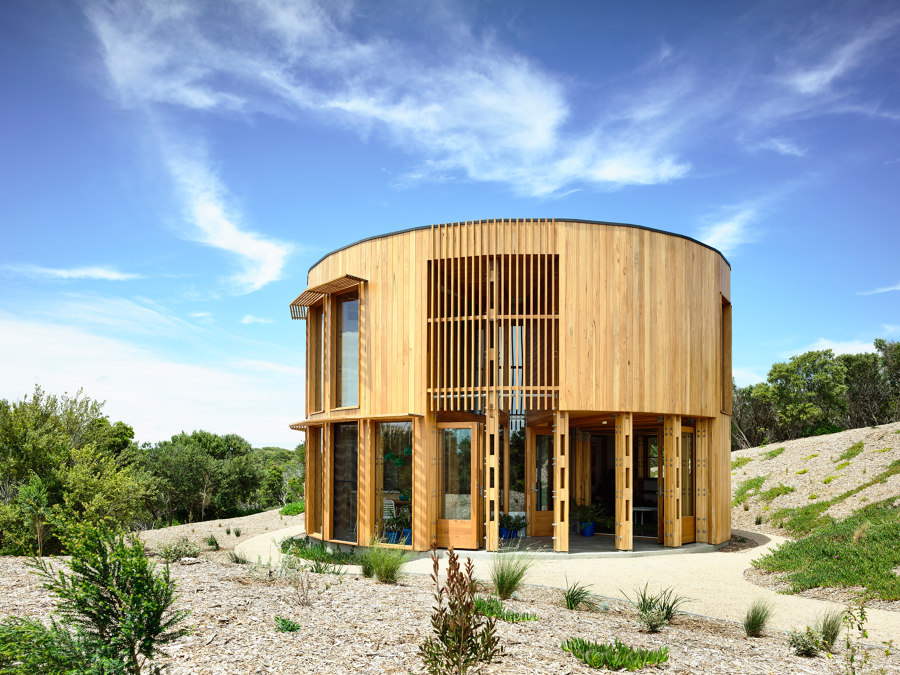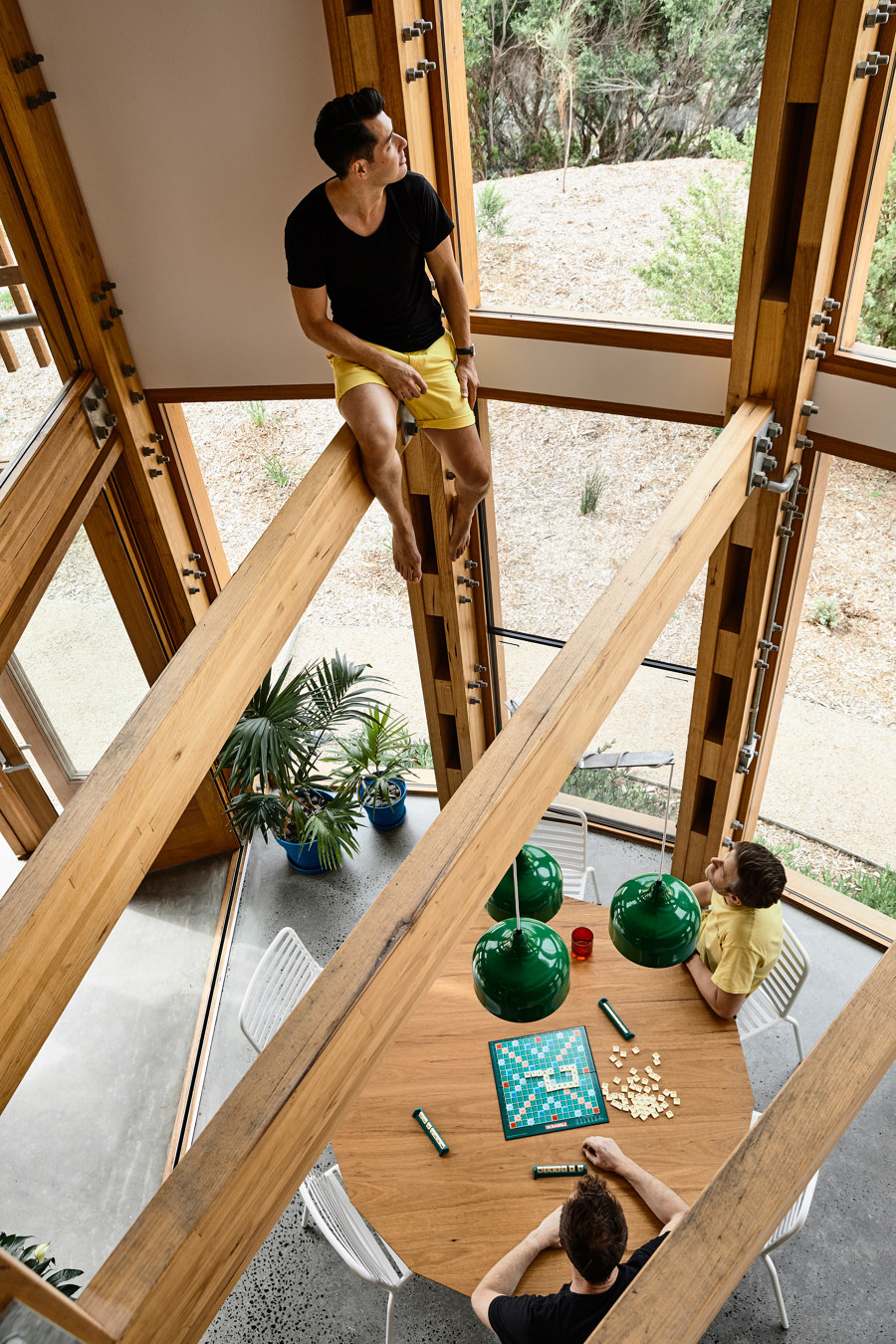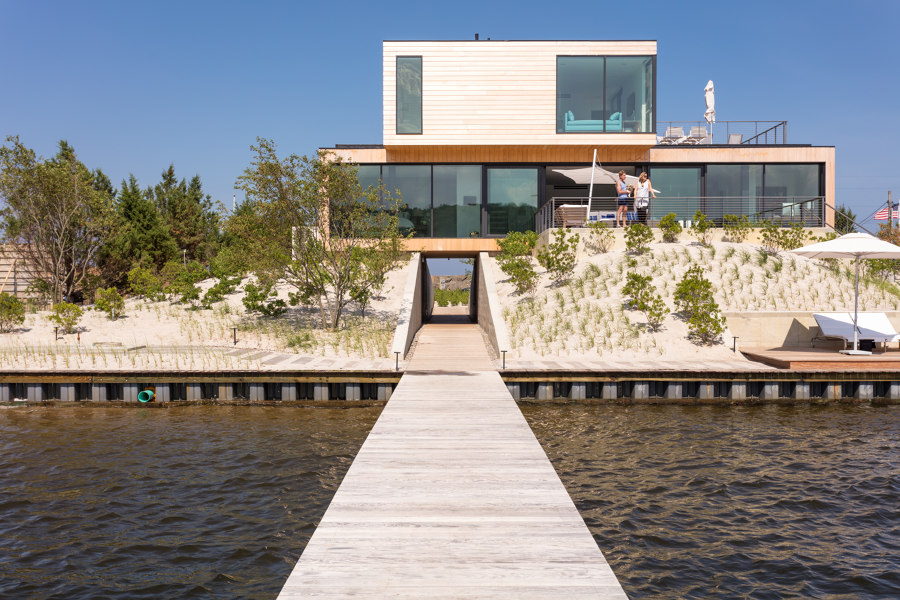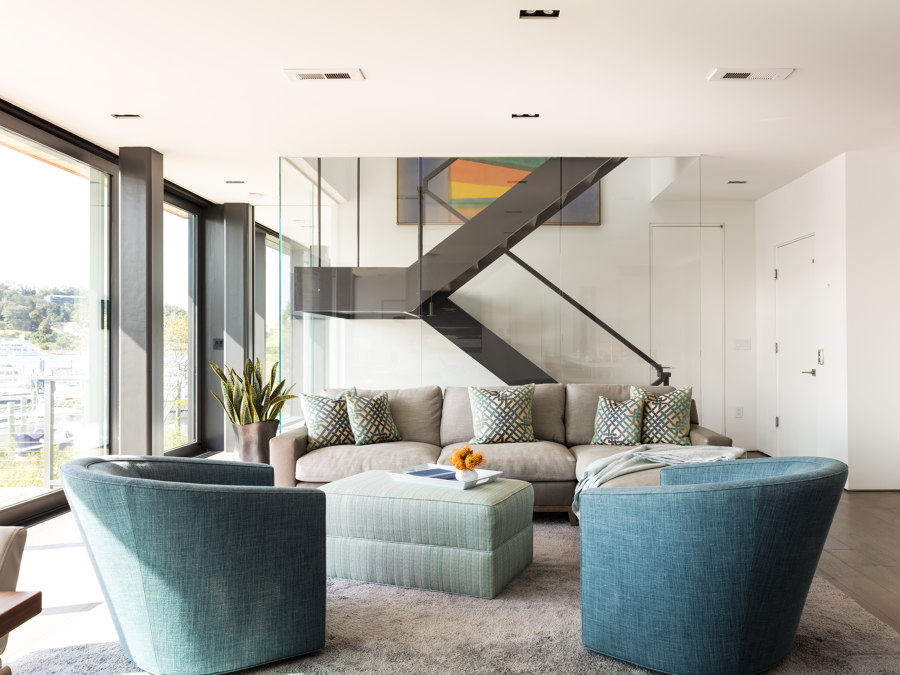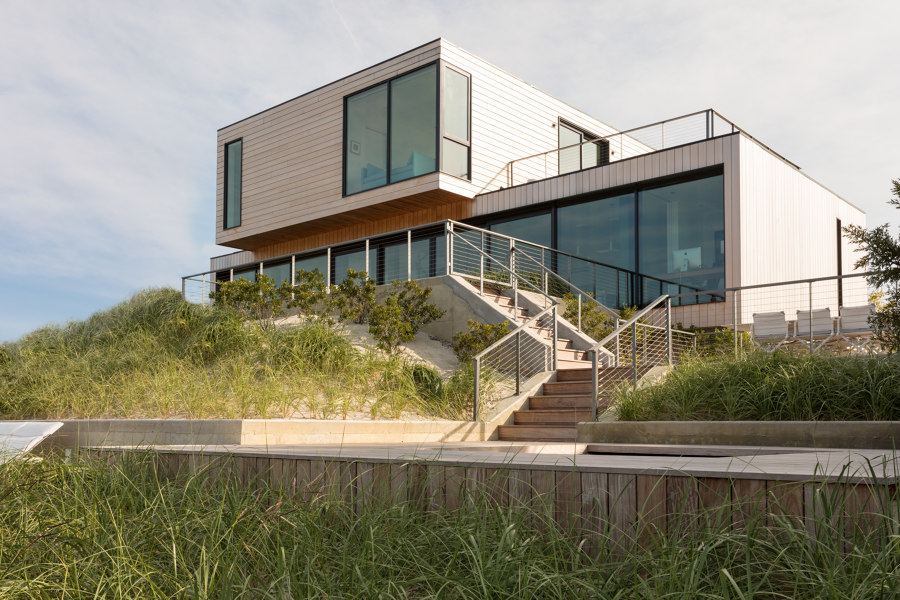Surf's up!: beach houses are making waves
Text by Peter Smisek
23.07.19
Contemporary beach homes are embracing designs that aim for sustainability and a seamless integration into their surrounding landscapes.
With its circular design that maximises passive solar principles, Austin Maynard Architects increased the efficiency of the St. Andrews Beach House (Australia), while decreasing its footprint amongst the dunes. Photo: Derek Swalwell
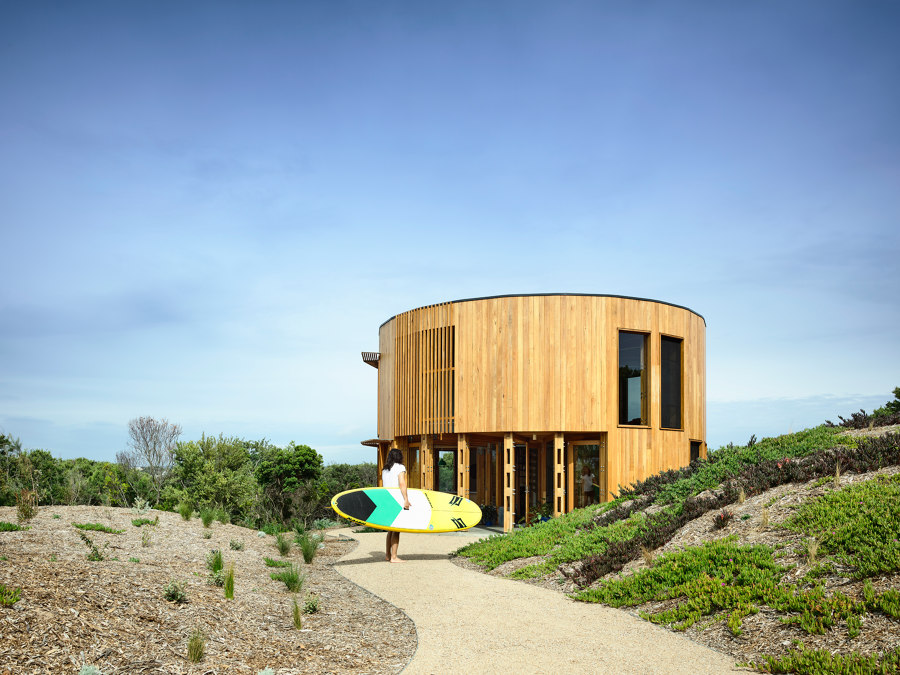
With its circular design that maximises passive solar principles, Austin Maynard Architects increased the efficiency of the St. Andrews Beach House (Australia), while decreasing its footprint amongst the dunes. Photo: Derek Swalwell
×Often larger and more comfortable than their predecessors, today's beach homes nevertheless celebrate the great outdoors and a more informal way of living. The architecture of contemporary beach houses often emphasizes views of the sea, a snug setting in the landscape and the use of sustainable materials and technologies.
The Suttons, a beach home by RX Architects in Sussex, England, is designed to make the most out of its environment. The fully-glazed, open plan living area faces the sea, while the building's form is fragmented to create shelter from the wind in its small entrance patio and large upstairs balcony. The concrete structure of this beach house is partly exposed at the datum line, and partly clad with natural cedar, creating a robust, natural appearance inside and out.
Located in Sussex (England), the RX Architects-designed The Suttons also features a ground source heating system, ensuring the inhabitants can rest assured their beach home is sustainable and inexpensive to keep warm. Photos: Richard Chivers
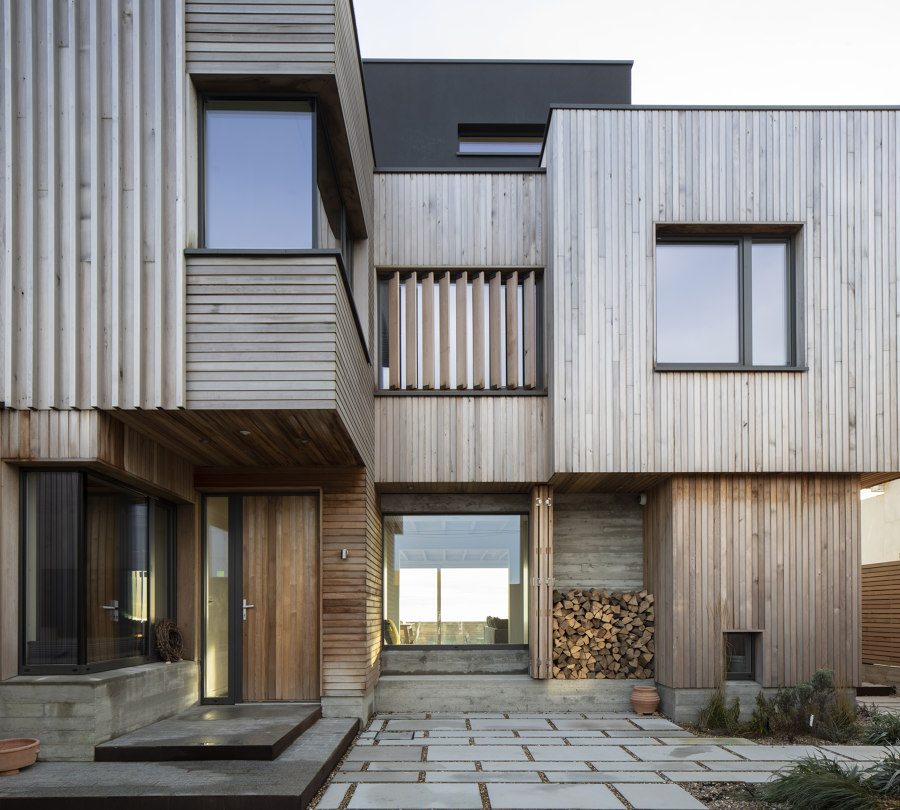
Located in Sussex (England), the RX Architects-designed The Suttons also features a ground source heating system, ensuring the inhabitants can rest assured their beach home is sustainable and inexpensive to keep warm. Photos: Richard Chivers
×Further up the English coast in Dungeness, Kent, interior architecture practice Johnson Naylor have converted an old military structure into a beach home. The Pump Station features thick, concrete walls, which have been insulated on the outside and rendered in pebbledash – reflecting the shingle expanses nearby. Inside, the concrete walls and ceilings have been left bare and act to keep the house cool in the summer. A number of smaller windows frame views of the outside, but the house's great appeal lies in its snug interior which contrasts with the splendid vastness of the coastal lowlands.
In Dungeness (England), Johnson-Naylor added photovoltaic cells, underfloor heating and an air source heat pump to The Pump Station, creating a beach house that's both comfortable and sustainable. Photos: Guy Montagu Pollock
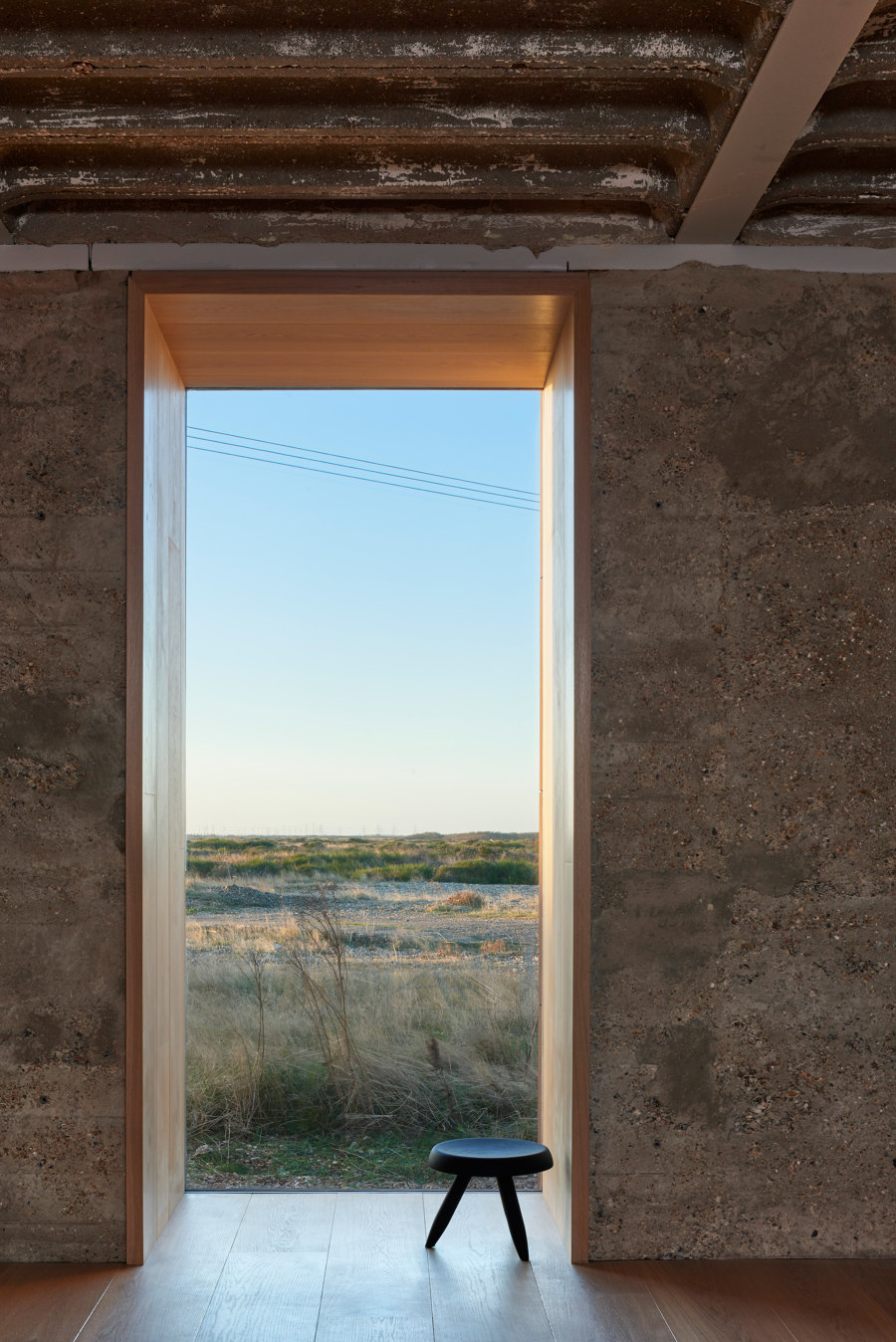
In Dungeness (England), Johnson-Naylor added photovoltaic cells, underfloor heating and an air source heat pump to The Pump Station, creating a beach house that's both comfortable and sustainable. Photos: Guy Montagu Pollock
×In Australia's southeastern state, Victoria, Austin Maynard Architects have designed a low-impact home on Saint Andrews Beach. The two-storey circular St Andrews Beach House stands in the middle of the dunes and features an exposed timber structure. The compact plan eschews corridors and creates an informal and flowing interior space with views to the outside, as well as access to an internal, double-height veranda. The beach home also features double glazing, solar panels and a rainwater tank in order to ensure the owner's easy-going lifestyle is equally easy on the planet.
In St Andrews Beach Housel located in Victoria, Australia, Austin Maynard Architects have given a powerful, yet simple and compact form to a laid-back way of living. Photos: Derek Swalwell
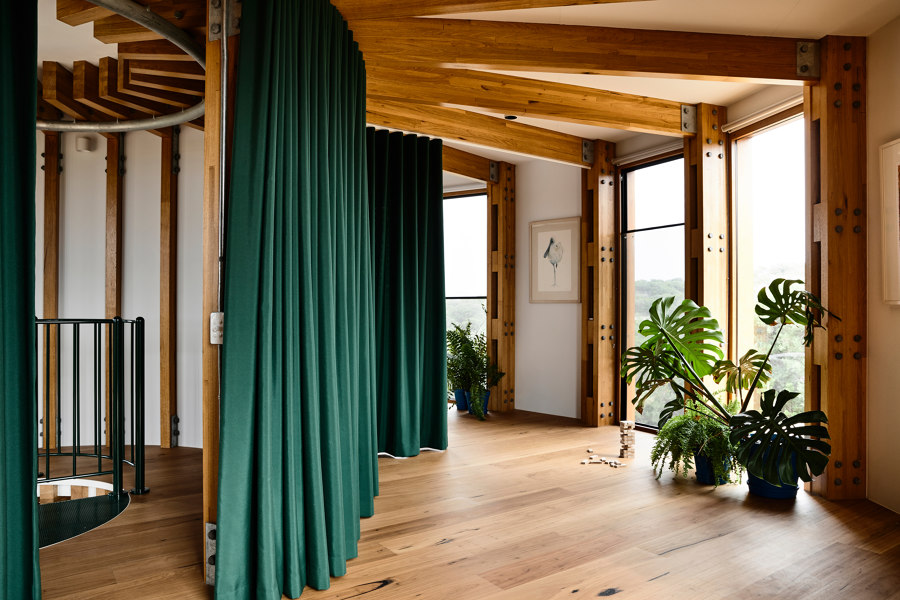
In St Andrews Beach Housel located in Victoria, Australia, Austin Maynard Architects have given a powerful, yet simple and compact form to a laid-back way of living. Photos: Derek Swalwell
×For the design of the Beach House in New Jersey, RAAD Studio takes cues from the site's natural history. Restoring the dune that was once on the site, the architects have positioned the two-storey beach home – comprised of two different, stacked volumes – at its summit, with an entrance that cuts through the mound towards the sea. The open-plan lower storey features panoramic sea-views, while the upper storey contains two large en-suite bedrooms.
Not only does RAAD Studio's Beach House in New Jersey (US) restore the site's natural landscape, but the position of the house also means that it sits above the high watermark. Photos: Robert Wright
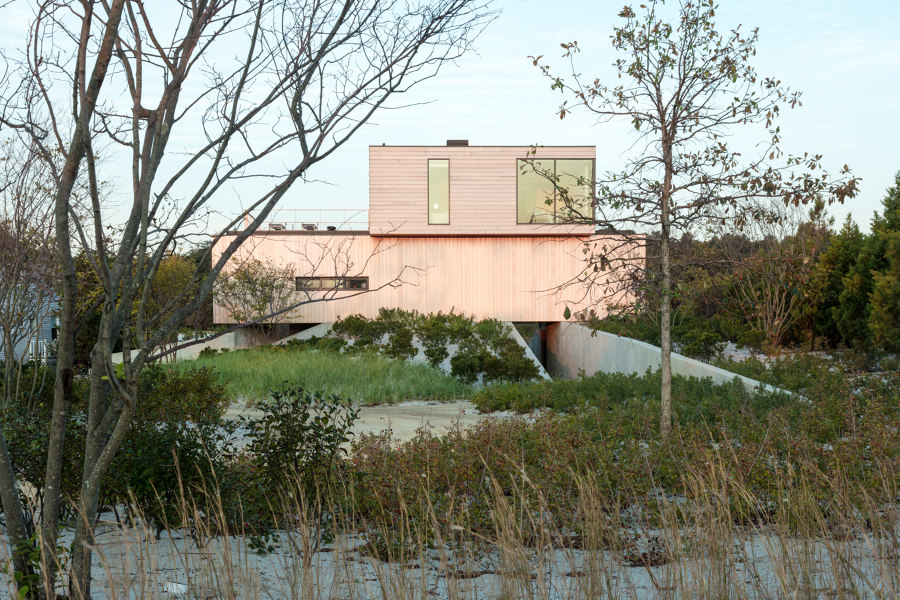
Not only does RAAD Studio's Beach House in New Jersey (US) restore the site's natural landscape, but the position of the house also means that it sits above the high watermark. Photos: Robert Wright
ש Architonic

